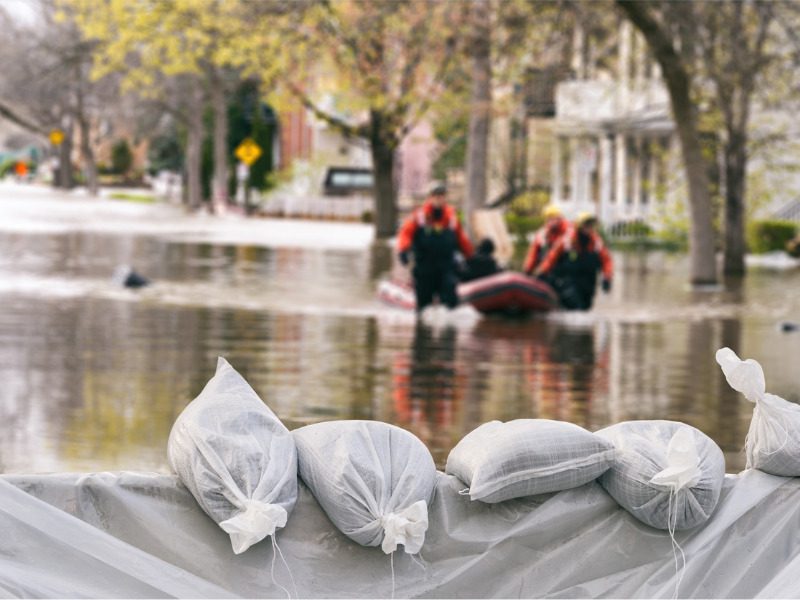Ontario’s new approach to emergency response

Ontario’s government will launch a ‘provincial exercise program’ to create, review and update new provincial emergency response plans and test whole-of-government emergency response, the province announced Friday.
The provincial exercise program is part of Ontario’s first-ever Provincial Emergency Management Strategy and Action Plan. The plan will ensure Ontarians are prepared for and safe during future emergencies such as cybersecurity threats, pandemics or natural disasters, the government said in a statement.
“With an increase in wildfires, floods, and other potential emergencies that threaten the safety of Ontario’s communities, it’s vitally important that we have a plan in place to respond to crises quickly, efficiently and in close coordination with partners on the ground,” said Prabmeet Sarkaria, president of the Treasury Board and Minister responsible for emergency management in Ontario.
Kim Donaldson, Insurance Bureau of Canada’s (IBC) vice president for Ontario, said in a press release she was “especially pleased by the government’s commitment to create new initiatives on hazard and risk monitoring/assessment, improving municipal emergency management training, developing local and provincial emergency management exercises and enhancing public education around emergency preparedness.
“These efforts will help keep Ontarians safe when disasters strike,” Donaldson said.
The government’s emergency management strategy consists of three goals:
One window for all Ontarians – Emergency Management Ontario will be the one window for provincial emergency management coordination. Ontario will work with municipalities, Indigenous partners, provincial ministries, the federal government, organizations supporting vulnerable populations, and other partners to coordinate and facilitate preparedness, information-sharing and proactive emergency supports
Proactive planning and monitoring – The government will develop and maintain tools to better utilize data to inform emergency management decisions. This includes complete profiles of Ontario’s unincorporated territories by the end of 2023 and development of a suite of geographic and socio-economic profiles to enhance monitoring and surveillance related to emergency hazards/risks and their impacts on vulnerable populations by 2024.
Practiced and prepared emergency response measuring – This includes the provincial exercise program. Additionally, Emergency Management Ontario will assist partners in delivering on their local emergency management responsibilities and ensure all provincial emergency response plans are up to date.
As part of the provincial exercise program, the government will hold or participate in multi-disciplinary provincial, nuclear and federal-led table exercises in 2023, and annually thereafter, “with a wide range of participants,” the plan said. The government will identify and hold provincial priority exercises with partners every two years starting in 2024, work with partners to update the provincial emergency response plan and the provincial nuclear emergency response plan by 2024.
Other actions in the plan include:
Develop a coordinated provincial hazard and risk monitoring process in collaboration with provincial ministries by the end of 2023
Update the hazard identification and risk assessment program, including the development and release of a provincial risk profile, by the end of 2024. “This provincial risk profile will enable more effective province-wide planning and monitoring of the top identified risks to reduce their likelihood of causing an emergency and impact if not able to be prevented,” the government said in its action plan
Enhancing flood mapping to better understand flood risk
Create resources and support municipalities in planning and conducting exercises, including an “Exercise in a Box” in 2023. This includes a step-by-step guide, checklists and supporting materials to conduct and evaluate a municipal exercise
Enhance public education programming to be broader in scope and provide municipalities with up-to-date preparedness and response information and print materials
Explore the creation of a centralized portal for partners to ensure resources such as best practice examples and helpful checklists are easily accessible to support local emergency management programs.
Feature image by iStock.com/Marc Bruxelle



